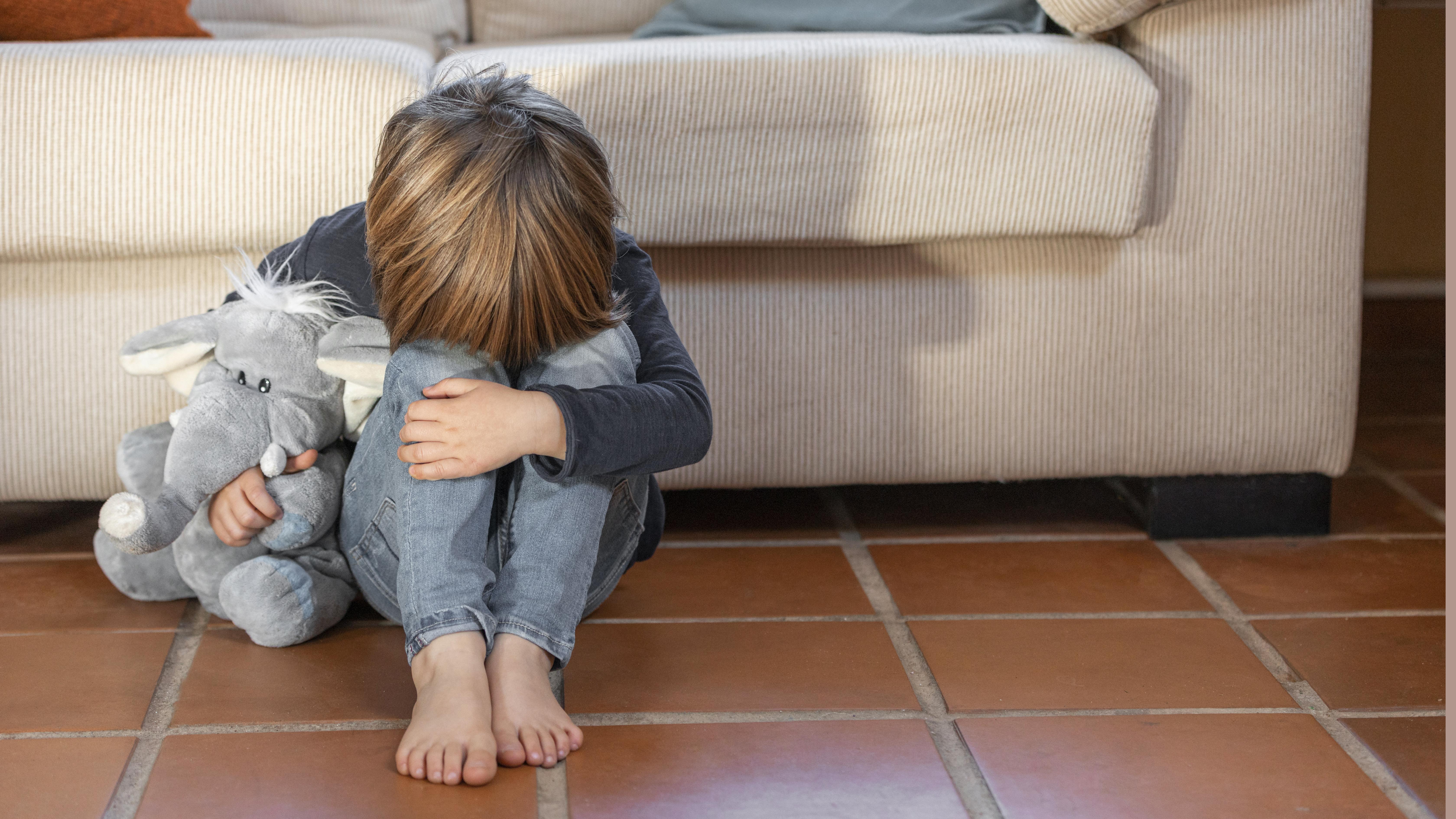
Managing Toddler Separation Anxiety and the Role of Indoor Playgrounds
Separation anxiety typically peaks between the ages of 8 months to 2 years, as toddlers start to comprehend the concept of object permanence. The realization that their parents still exist even when out of sight can trigger anxiety, leading to clinginess, tears, and distress when separated. While this phase is a normal part of development, it can be emotionally challenging for both toddlers and parents.
Tips for Parents
1. Gradual Separation: Start with short separations and gradually increase the time spent away from your toddler. This allows them to develop trust and understand that you will always return.
2. Establish a Routine: Consistency is key for toddlers. Establishing a predictable routine helps them feel secure, as they can anticipate what comes next.
3. Familiar Faces: Introduce your toddler to caregivers or family members in a familiar setting before leaving them alone. Familiar faces can provide comfort during your absence.
4. Positive Goodbyes: Keep goodbyes short and sweet. Lingering goodbyes can increase anxiety, so create a positive ritual for parting ways, such as a hug or a special phrase.
5. Comfort Objects: Encourage the use of comfort objects like a favorite toy or blanket. These items can provide a sense of security in your absence.
6. Communicate Reassurance: Even though toddlers may not fully understand verbal communication, assure them that you will return and reinforce your love for them.
The Role of Indoor Playgrounds
Indoor playgrounds offer a unique and supportive environment for toddlers dealing with separation anxiety. Here's how these spaces can contribute to a child's emotional well-being during this stage:
1. Social Interaction: Indoor playgrounds provide an opportunity for toddlers to interact with other children in a supervised and safe setting. Positive social experiences contribute to a child's overall emotional development, fostering a sense of independence.
2. Exploration and Independence: Indoor playgrounds are designed to stimulate a child's curiosity and encourage exploration. As toddlers engage in activities that promote independence, they develop confidence, which can help alleviate separation anxiety.
3. Safe Environment: Indoor playgrounds are meticulously designed with safety in mind. The secure environment allows toddlers to play freely, providing parents with peace of mind as they take steps toward fostering independence in their children.
4. Professional Supervision: Trained staff at indoor playgrounds can play a supportive role in helping toddlers adapt to a new environment. Their guidance and encouragement can contribute to a child's emotional well-being during play.
5. Routine and Consistency: Many indoor playgrounds offer structured activities and routines, contributing to a sense of predictability for toddlers. Consistency is reassuring for children experiencing separation anxiety, helping them adjust more easily.
Conclusion
Navigating separation anxiety in toddlers requires patience, understanding, and a thoughtful approach. By implementing the tips mentioned and incorporating the positive aspects of indoor playgrounds into a child's routine, parents can help their toddlers overcome separation anxiety with greater ease. The combination of gradual separation, routine, familiar faces, and the enriching experiences provided by indoor playgrounds can contribute to a child's emotional resilience and lay the foundation for healthy social and emotional development. Give it a try and visit Wally Wombats today to start your journey.
